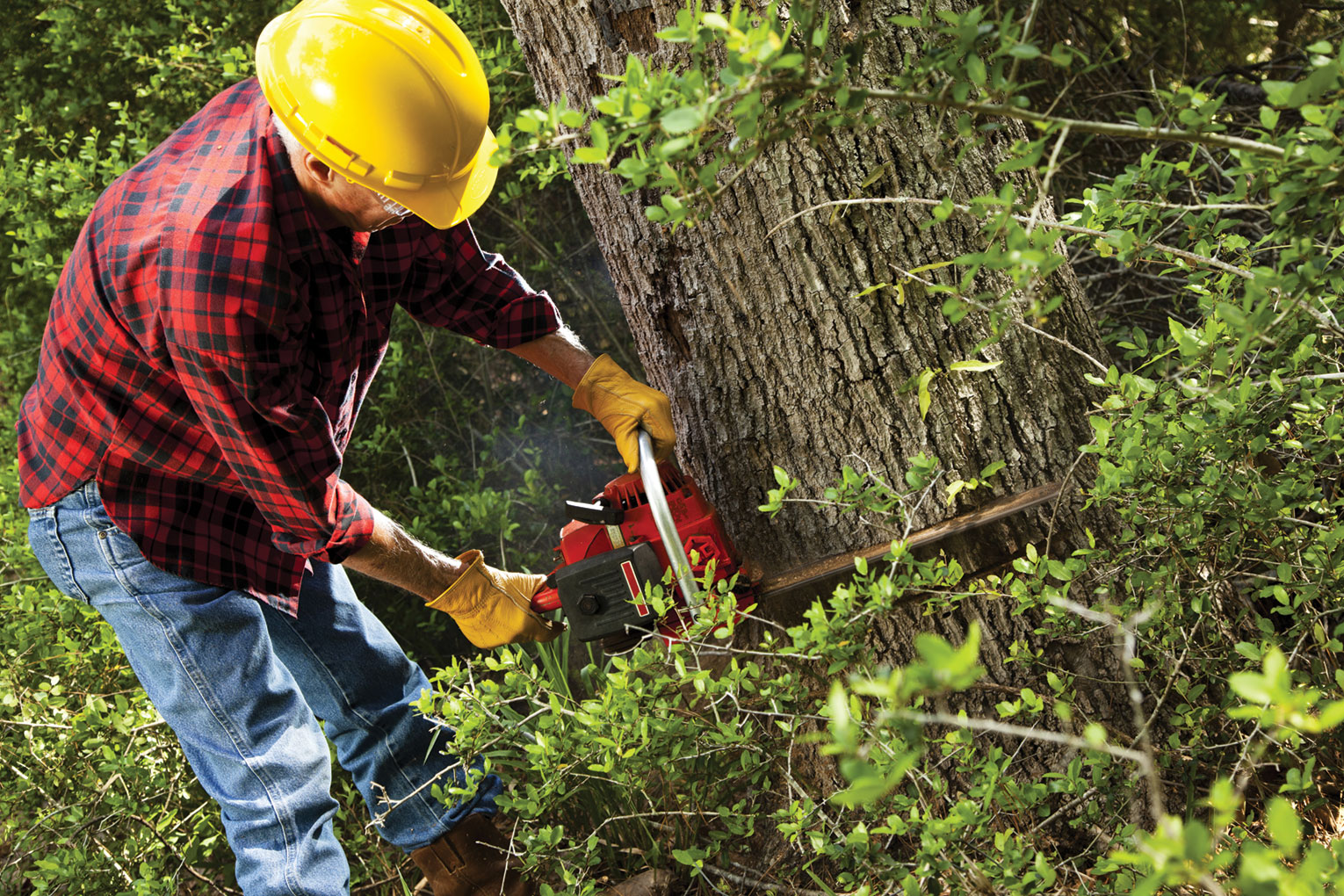 As I drove to a remote location to install a “for sale” sign recently, I worried about the danger of parking in the tall dry grass at the entrance to this thickly treed parcel. My thoughts focused on the frightening wildfires that terrorized our local area last summer, affecting many land owners. But I mostly wondered how many landowners had resolved to implement better management practices on their timbered property to make it more immune to devastation by fire.
As I drove to a remote location to install a “for sale” sign recently, I worried about the danger of parking in the tall dry grass at the entrance to this thickly treed parcel. My thoughts focused on the frightening wildfires that terrorized our local area last summer, affecting many land owners. But I mostly wondered how many landowners had resolved to implement better management practices on their timbered property to make it more immune to devastation by fire.
At least three sold properties I brokered last year suffered loss in those fires. One home, along with every shed, tree and bush was reduced to puddles of molten metal and piles of ash that now looks like a moonscape. Two other owners lost a significant volume of marketable timber and will likely never be made whole.
I recently (reluctantly) participated in a federally funded cost-share program, administered by the Department of Natural Resources in Washington State that pays for up to half of a landowner’s cost to thin trees and remove slash. I say “reluctantly” because I have never liked the strings that come attached to any money handed out by government. I have to admit, I was pleased with the outcome of my little 15 acre thinning project, even though I was surprised by the actual cost involved.
The DNR had estimated the total cost at about $22,000 and agreed in writing to pay up to $11,000 if my costs reached or exceeded their estimate. At the end of the job, the cost of labor, equipment rental and fuel, totaled over $30,000. My method of removing every stump and burning all of the slash in order to plant grass and allow grazing under the limbed-up-canopy proved to be much more labor extensive and expensive than my neighbor’s choice of logging, mechanical mastication and chipping.
Now that I have experienced real life forest management practices, (instead of just writing a plan on a piece of paper), I’m much more aware and judgmental when I see thick unruly stands of young trees on properties that are begging to be thinned and limbed.
This is a reminder to land owners to focus on forest health concerns before it’s too late! Most forested areas need constant treatment to become more resilient to insect infestation, disease and wildfire. The obvious bonus is increased forest productivity and greater return on investment in wood production and even carbon sequestration.
.jpg)
Jim Palmer, Jr.
509-953-1666
www.JimPalmerJr.com

See my blogs at:
www.RealEstateMarketPlc.com
Two Multiple Listing Services
Professional Representation for Buyers & Sellers
Residential • Acreage • Residential Acreage
Waterfront • Ranch • Farm
© Copyright 2025 | All rights reserved | Privacy Policy
"We do not share any client data with third parties. Your personal information is kept confidential and is not disclosed to any outside organizations except as required by law or with your explicit consent."
